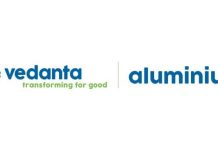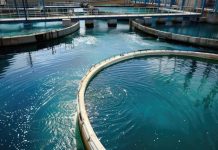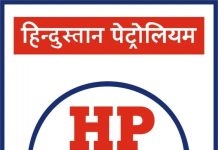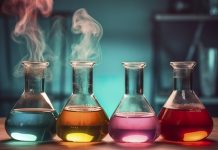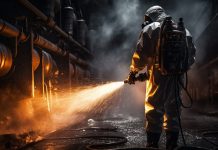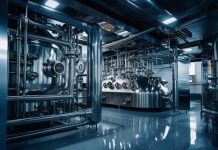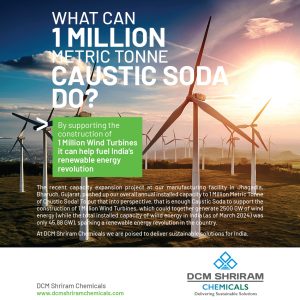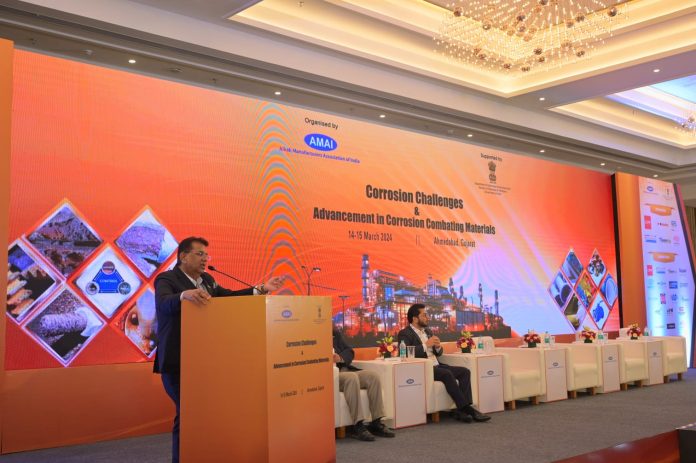
The annual conference of Alkali Manufacturers Association of India (AMAI) provided one of the largest platforms to stakeholders for information exchange and experience sharing on the challenging area of corrosion. Held on the theme of “Corrosion Challenges and Advancement in Corrosion Combating Materials”, the conference witnessed line-up of speakers besides 200 plus delegates and participation from 75 plus organizations from within India and five other countries.
“As per various studies and estimates, every year, corrosion costs India about 4% of its GDP. The maintenance and replacement of assets affected by corrosion are major deterrents to the growth of our economy. It is also estimated that corrosion leads to losses worth $100 billion annually in India”, informed Ajay Virmani, President, AMAI.
“Specifically for alkali industry, corrosion poses a significant challenge as both raw materials (salt) and the goods produced (caustic soda, chlorine, hydrochloric acid, sodium hypochlorite, etc.) are highly corrosive, affecting plant assets and operations. Corrosion affects infrastructure and equipment, adding to the burden of investments. While maintenance and replacement costs are significant, risks to human health and life, and to the environment are incalculable”, added Virmani.
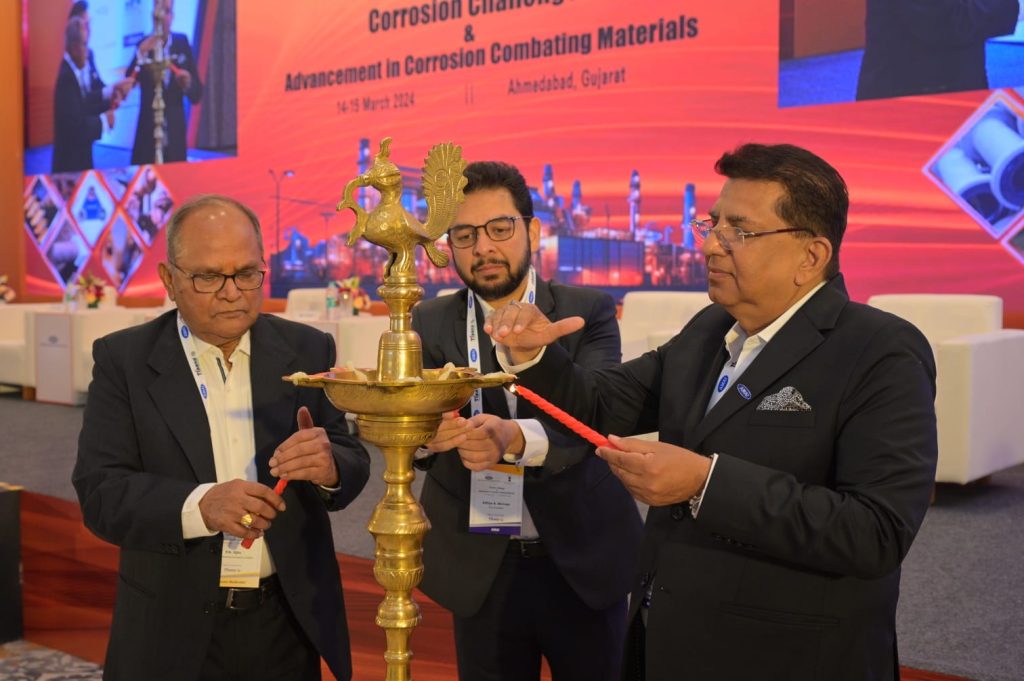
As per the press release, every facet of alkali manufacturing facility is prone to corrosion be the civil structures, plant and machinery, piping, connections and valves, instrumentation, motors and pumps, electrical installations, storage vessels and containments, power plant, utilities, etc. Corrosion in each of these areas is unique and generally different from the others. The implications and impacts are also significantly different from each other.
Aditya A Shriram, Vice President AMAI stated that corrosion was a huge challenge not only financially, but in terms of safety as well, especially in the chlor-alkali industry. Shriram thanked all the speakers, experts, delegates, sponsors, exhibitors and especially the department of chemicals and petrochemicals, ministry of chemicals and fertilizers, government of India for continuous mentoring and logo support to the event.
A highlight of the conference was the release of a Compendium on Combating Corrosion in Alkali Industry. The compendium has articles collated from AMAI’s periodical, the Alkali Bulletin since 2016 written by experts, besides case studies from the industry members and success stories in advanced anticorrosive materials by vendors/suppliers.
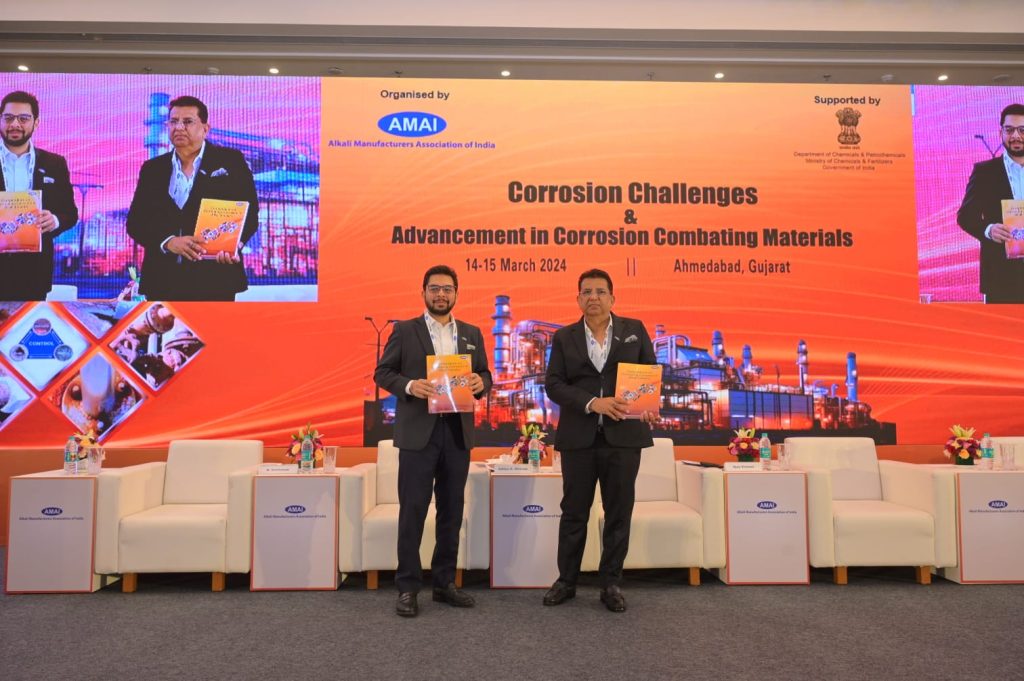
The two-day conference had six curated sessions covering all the aspects including corrosion management technologies, Optimizing process through corrosion prevention, learning from effectively mitigating corrosion, advanced corrosion resistant materials and coatings and linings to prevent corrosion. A concurrent exhibition was held at the conference venue on both the days with participation from leading organisations and technology providers for display of products, services and solutions.
The Indian alkali industry has witnessed healthy growth in recent years. The compounded annual growth for the last five years is around 7% for caustic and 3% for soda ash. The industry continues to invest adding capacities to keep pace with growing demand not only in India, but globally. The caustic soda capacity in India is expected to increase from approx. 56 lakh tons per annum to 77 lakh ton per annum in the next five years. The soda ash capacity is expected to grow to 57 lakh ton per annum from 44 lakh tons in the similar period of five years.

